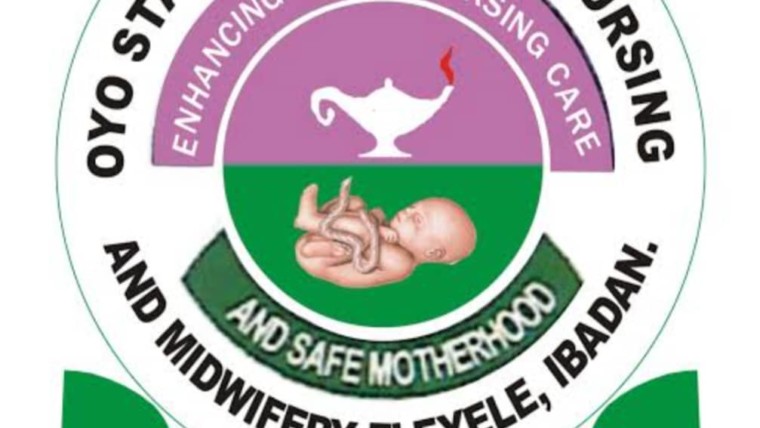Typhoid/Widal Test: Demystifying the misconceptions – Dr. Aliu Yakubu

Widal test is a common test administered by most laboratories and hospitals, though simple and readily available, it is not a reliable test for diagnosing typhoid fever especially in an endemic country like Nigeria. The test was originally designed to make presumptions that would then be subjected to further precise testing and clinical evaluation to arrive at a more objective diagnosis.However, due to several factors ranging from misconceptions, significant knowledge gap and of course, undue exploitation by laboratories and hospitals; a positive widal test has become the only indication for an antibiotics prescription. This has resulted in indiscriminate tagging of apparently normal people as having typhoid fever and giving these sets of people the antibiotics they never needed.




Also, worthy of note is the concept of Malaria-and-typhoid diagnosis. A misnomer adopted by many Nigerians. This article will attempt to educate and debunk these myths.




Typhoid Fever is a disease condition caused by bacteria species named Salmonella typhi transmitted only in humans through consuming food and drinks contaminated with faecal matter and urine. It infects the digestive system and may also spread to the blood. It presents with non-specific symptoms such as fever, headache, abdominal pain, generalised weakness, joint pain which can be seen in other febrile illnesses like Malaria, Urinary tract infection amongst others.




Diagnosing Typhoid Fever:
The gold standard investigation for diagnosis remains a positive culture test (blood, urine, bone marrow, stool). The World Health Organization (WHO), recommends that the widal test should not be used for diagnosis. A positive culture test remains the only diagnostic method of choice. Culture is a test for isolating Salmonella Typhi. The sample(blood, urine and bone marrow) is added to a medium that promotes its growth. After isolation of the organism, they are then subjected to further testing to know the right medication to use.




Widal test non-specificity and sensitivity:
The test is based on the principle of antibody-antigen clumping demonstrated by the presence of antibodies in the serum of the infected person against the H and O-antigen in the test kit. The test is plagued with a lot of unreliability, non-specificity and a high rate of false-positive results. Reasons include;
1) No universally accepted titre value for positive or negative results making its interpretation subjective and variable.
2) The Previous infection with Salmonella typhi might produce a high tire value(positive result) that can not be differentiated from a recent infection.
3) The antigen being tested cross-react with other antigens seen in non-salmonella disease i.e a positive tire can be seen in malaria infection.
Despite all these obvious demerits, millions of people are still being treated for typhoid fever based on a positive widal test.
It is important that the public is enlightened and equipped with the right information on this test and the need to insist on a culture result before treatment.
References
Background document: the diagnosis, treatment and prevention of typhoid fever. Geneva: World Health Organization; 2003
Wasihun AG, Wlekidan LN, Gebremariam SA, Welderufael AL, Muthupandian S, Haile TD, Dejene TA. Diagnosis and Treatment of Typhoid Fever and Associated Prevailing Drug Resistance in Northern Ethiopia. Int J Infect Dis. 2015 Jun;35:96-102. DOI: 10.1016/j.ijid.2015.04.014. Epub 2015 Apr 27. PMID: 25931197.
Alopecia LA, King AL. Widal agglutination test – 100 years later: still plagued by controversy. Postgrad Med J. 2000 Feb;76(892):80-4. DOI: 10.1136/pmj.76.892.80. PMID: 10644383; PMCID: PMC1741491.
CHOW, CHUN-BONG MBBS (HK); WANG, PUI-SZE MBBS (HK); CHEUNG, MIN-WAH MBBS (HK); YAN, WING-WAH MBBS (HK) AND; LEUNG, NAI-KONG MBBS (HK) Diagnostic value of the Widal test in childhood typhoid fever, The Pediatric Infectious Disease Journal: October 1987 – Volume 6 – Issue 10 – p 914-917









Oyo Govt Calls Yoruba Nation Agitators Terrorists ……Says Normalcy Has Been Restored
K1 Versus Ayankunle: Wasiu Ayinde Agrees To Visit Aseyin For Settlement
Aseyin Wades Into K1, Former Drummer’s Feud ……As Ayankunle Promises To Allow For Peace, Appreciates His Lovers
Man Bags Six Months Imprisonment For Stealing Stealing Maternity’s Electric Cables -Aminat Ajao
‘Makinde Is Committed To Community Development’ Agberemi Declares …..Visits OYCSDA Chairman, Management Members
Oyo Govt Calls Yoruba Nation Agitators Terrorists ……Says Normalcy Has Been Restored
Osun Police Warns Dog Owners Against Attack on Innocent Citizens
K1 Versus Ayankunle: Wasiu Ayinde Agrees To Visit Aseyin For Settlement